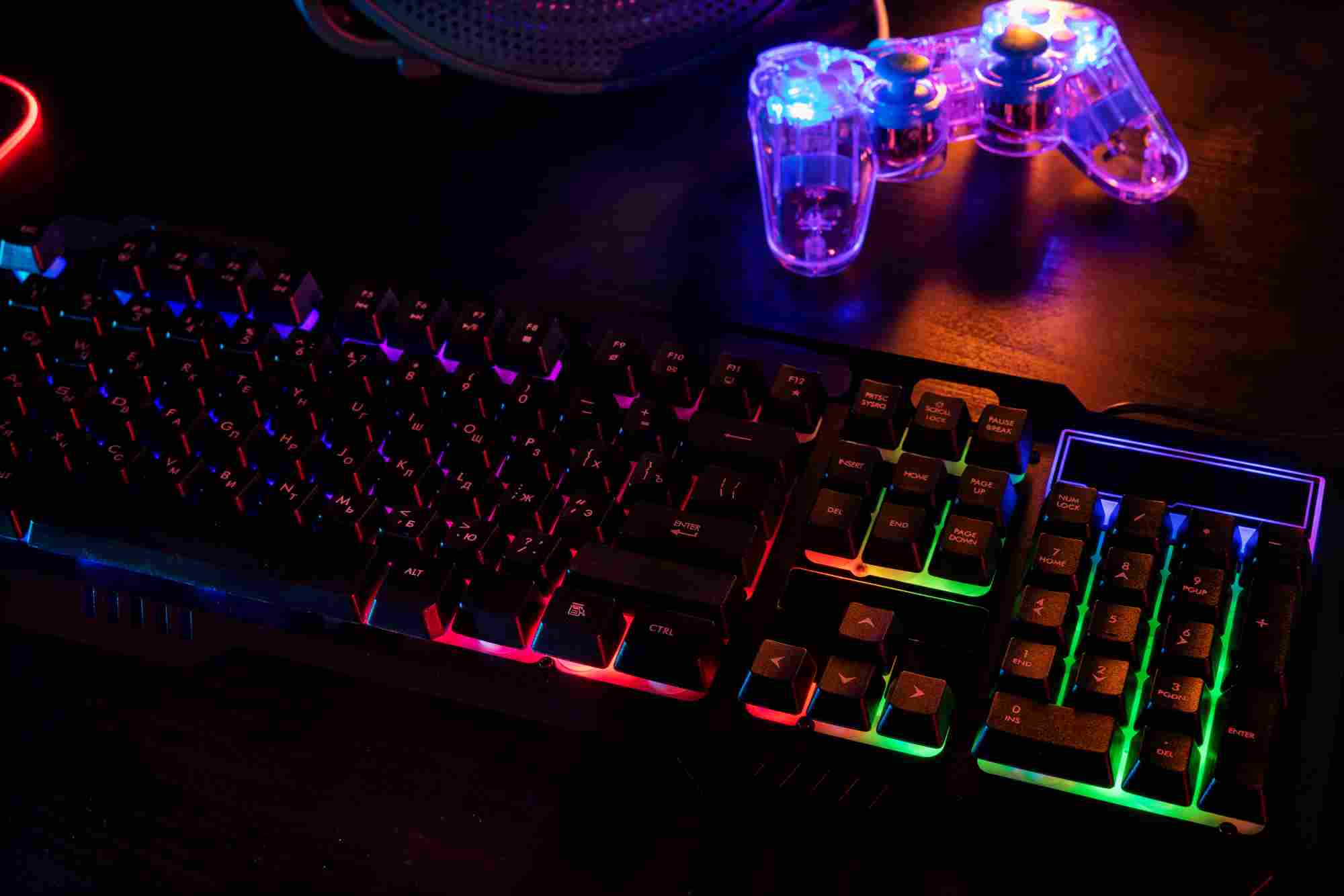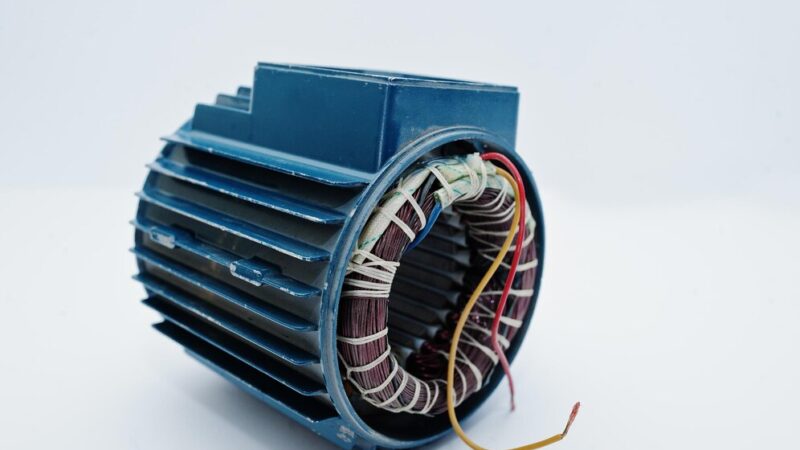Introduction to PlugboxLinux for Gaming

In recent years, Linux has gained traction as a viable gaming platform, thanks to the growing support from game developers and the community. Among the various Linux distributions, PlugboxLinux stands out as a lightweight and efficient option, particularly well-suited for gaming. In this article, we will explore why Plugbox Linux is an excellent choice for gamers, how to install it, and how to optimize it for the best gaming experience.
Why Choose Plugbox Linux for Gaming?
1. Lightweight and Fast
Plugbox Linux is a lightweight distribution, which means it consumes fewer system resources compared to other operating systems. This is particularly important for gaming, where every bit of performance matters. By minimizing the overhead, Plugbox Linux ensures that more of your system’s power is available for running games.
2. Customizability
One of the key strengths of Linux, in general, is its customizability, and Plugbox Linux is no exception. Users can tailor the operating system to their specific needs, removing unnecessary components and adding only what is required. For gamers, this means you can create a streamlined environment optimized for gaming, free from distractions or bloatware.
3. Wide Range of Supported Games
Thanks to the efforts of the Linux gaming community and platforms like Steam, there is a growing library of games that run natively on Linux. Additionally, tools like Proton and Wine allow users to run many Windows-exclusive games on Linux. With Plugbox Linux, you have access to this wide array of games, ensuring that you won’t miss out on your favorite titles.
4. Strong Community Support
The Linux gaming community is known for its active and helpful members. If you encounter any issues while gaming on Plugbox Linux, there is a high chance that someone in the community has already faced and solved the same problem. Forums, Reddit, and other online communities are valuable resources for getting help and tips.
How to Install Plugbox Linux for Gaming
1. System Requirements
Before installing Plugbox Linux, ensure that your system meets the minimum requirements:
- Processor: 1 GHz or faster
- RAM: 1 GB (2 GB recommended for better performance)
- Storage: 20 GB of free space
- Graphics Card: Any modern GPU with support for OpenGL or Vulkan
2. Downloading Plugbox Linux
To begin, download the latest Plugbox Linux ISO from the official website. Ensure that you select the version best suited for gaming, as some versions may be more optimized for performance.
3. Creating a Bootable USB
Once you have the ISO file, you’ll need to create a bootable USB drive. You can use tools like Rufus (for Windows) or Etcher (for Linux and macOS) to create the bootable USB.
4. Installing Plugbox Linux
- Boot from the USB: Insert the bootable USB into your computer and restart it. Access the boot menu (usually by pressing a key like F12 during startup) and select the USB drive as the boot device.
- Follow the Installation Wizard: The Plugbox Linux installation wizard will guide you through the process. Choose your language, partition your hard drive, and select the packages you want to install.
- Complete the Installation: After the installation is complete, remove the USB drive and reboot your system.
Optimizing Plugbox Linux for Gaming
1. Install Necessary Drivers
For the best gaming performance, it’s crucial to install the appropriate drivers for your hardware. This includes:
- Graphics Drivers: Install the latest drivers for your GPU. For Nvidia cards, you can use the proprietary drivers, while AMD users can rely on the open-source Mesa drivers.
- Audio Drivers: Ensure that your audio drivers are correctly configured to avoid any sound issues during gaming.
2. Configure Your System for Gaming
There are several tweaks you can make to optimize your system for gaming:
- Disable Unnecessary Services: Disable any background services that are not required for gaming to free up system resources.
- Adjust CPU Governor Settings: Set your CPU governor to “performance” mode to ensure that your CPU is running at its maximum potential during gaming.
- Use a Low-Latency Kernel: Consider installing a low-latency kernel to reduce input lag, which can be crucial for competitive gaming.
3. Install Gaming Tools
To enhance your gaming experience on PlugboxLinux, consider installing the following tools:
- Steam: Steam is the most popular gaming platform on Linux, offering a wide range of native and Proton-supported games.
- Lutris: Lutris is an open-source gaming platform that allows you to manage and launch games from various sources, including Steam, GOG, and emulators.
- Wine: Wine is a compatibility layer that enables you to run Windows applications, including games, on Linux.
- Proton: Proton is a tool developed by Valve that integrates with Steam to run Windows games on Linux with minimal configuration.
4. Optimize In-Game Settings
To get the best performance in your games, you should also adjust the in-game settings:
- Lower Graphics Settings: If you’re experiencing low frame rates, consider lowering the graphics settings such as resolution, texture quality, and shadows.
- Enable V-Sync or G-Sync: To avoid screen tearing, enable V-Sync or G-Sync if your monitor supports it.
- Monitor Frame Rates: Use tools like MangoHUD to monitor your frame rates and system performance during gaming.
Conclusion
PlugboxLinux is an excellent choice for gamers who want a lightweight, customizable, and efficient operating system. With a growing library of supported games and strong community support, it offers a compelling alternative to traditional gaming platforms. By following the installation and optimization tips provided in this article, you can set up Plugbox Linux for the ultimate gaming experience. Whether you are a casual gamer or a hardcore enthusiast, Plugbox Linux has the tools and flexibility to meet your gaming needs.





